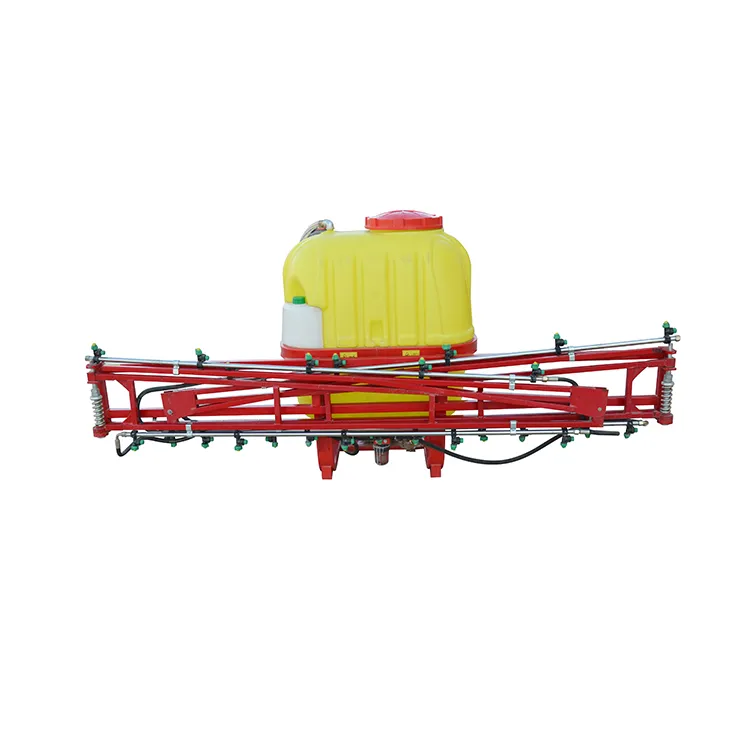Choosing the Right Boom Sprayer: Key Features, Types, and Buying Tips
2024-11-12
With so many options on the market, choosing the right boom sprayer can be a challenging task for farmers. Boom sprayers come in various designs and sizes, each with unique features to meet different spraying needs. This guide will walk you through the types of boom sprayers, essential features to consider, and tips to help you make the best choice for your operation.
Types of Boom Sprayers
1. Trailer-Mounted Boom Sprayers: These are towed behind tractors and are ideal for large fields. They offer a wide spray reach and are often used for row crops.
2. Mounted Boom Sprayers: Mounted directly on the tractor or vehicle, they provide greater maneuverability, making them perfect for smaller fields or areas with obstacles.
3. Self-Propelled Boom Sprayers: Equipped with their own power source, these sprayers offer high precision and are designed for extensive use on large farms.

Essential Features to Look For
- Boom Width: The wider the boom, the fewer passes you’ll need to cover a field, saving time and fuel.
- Tank Capacity: Larger tanks allow for more continuous spraying but can add weight; choose a capacity suited to your field size and vehicle power.
- Nozzle Type: Nozzle choice affects droplet size and coverage. Flat-fan nozzles are common, but air-induction nozzles can reduce drift in windy conditions.
- Pressure Control: Adjustable pressure control is critical for customizing spray patterns and coverage, especially when dealing with different chemicals.
- Technology Integration: Many modern boom sprayers feature GPS, flow meters, and even rate control systems, allowing for precision spraying with minimal human error.
Advantages of Using a Boom Sprayer
Boom sprayers are highly efficient, ensuring that every area of your field receives the appropriate amount of treatment. Here’s why investing in a quality boom sprayer is beneficial:
- Enhanced Precision: Avoids over-spraying, saving costs on chemicals.
- Increased Productivity: Cover large areas quickly, freeing up time for other tasks.
- Improved Crop Health: Targeted spraying minimizes the risk of chemical runoff and helps maintain soil quality.
Buying Tips: How to Choose the Right Boom Sprayer
1. Assess Your Field Size and Crop Type: Larger fields benefit from wider booms and larger tanks, while smaller or irregularly shaped fields may require more maneuverable sprayers.
2. Consider Environmental Factors: If you frequently spray in windy conditions, invest in nozzles that help minimize drift.
3. Budget for Quality: A higher-quality sprayer with advanced features like GPS integration and automatic rate control may be more costly but can lead to savings on chemicals and time over the long run.
4. Evaluate Maintenance Requirements: Check for sprayers with easily accessible parts and simple cleaning processes to ensure a longer lifespan.
Conclusion
Choosing the right boom sprayer depends on your field size, budget, and specific spraying needs. By considering key features like boom width, nozzle type, and pressure control, you can find a sprayer that maximizes efficiency while minimizing costs. Investing in the right boom sprayer not only enhances productivity but also contributes to sustainable farming practices, ultimately leading to better yields and healthier crops.


